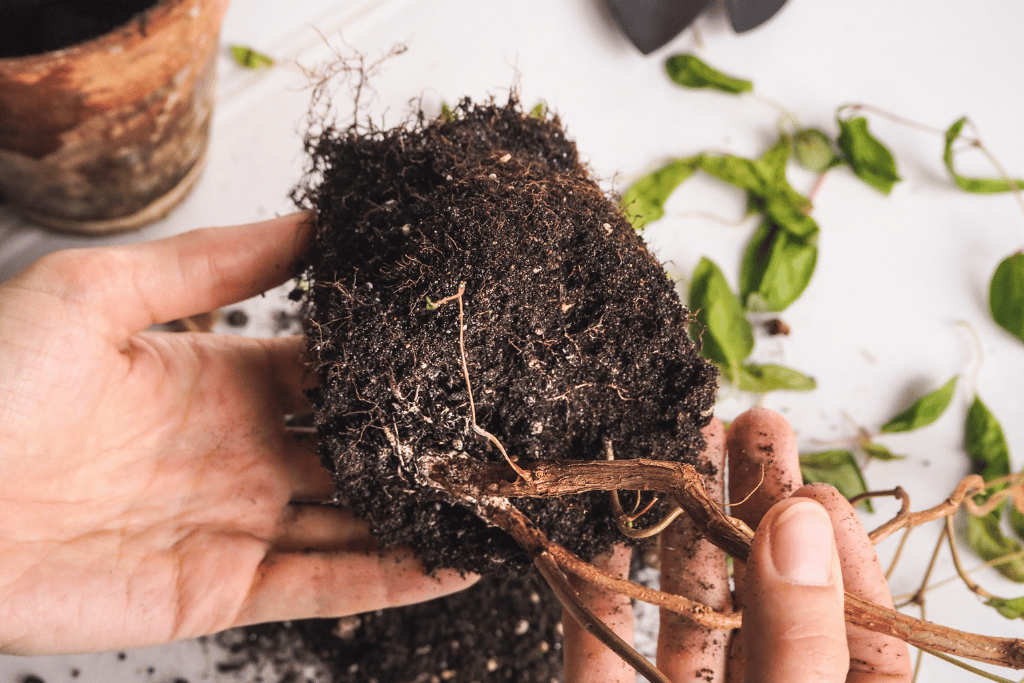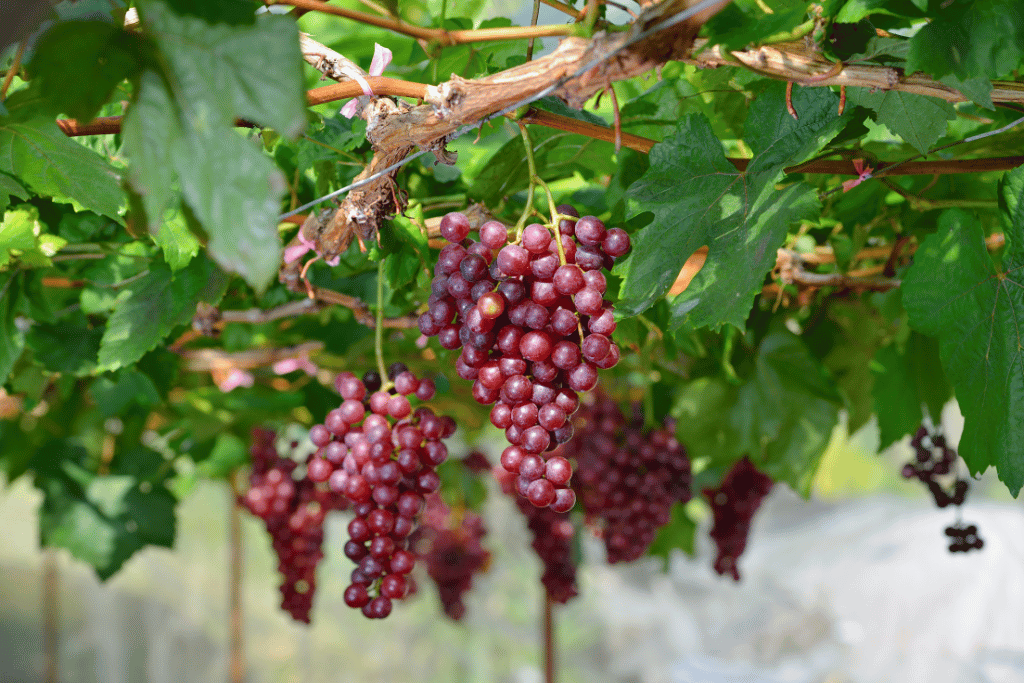
As I stroll through the sun-drenched vineyard, I can’t help but marvel at the beauty and promise surrounding me. The grapevines, adorned with clusters of plump, succulent grapes, are nature’s masterpieces. Grapes, with their sweet versatility, have always held a special place in my heart. Whether they grace my dining table, transform into delectable jams and jellies, or embark on a journey to become fine wine, grapes never cease to amaze.
My passion for gardening and quest for horticultural wisdom led me to a hidden gem in the world of viticulture – the realm of grape companion plants. It was as if I had stumbled upon a treasure trove of botanical friends who held the key to elevating my vineyard to new heights.
The journey to discover the perfect companions for my cherished grapevines was nothing short of remarkable. Just as we all thrive in the company of good friends, grapes too have their ideal partners in the plant kingdom.
Join me on an enchanting journey into the world of grape companion plants, where we uncover the secret to enhancing the growth, flavor, and overall vitality of your vineyard.
Grapes: The Garden’s Precious Gems
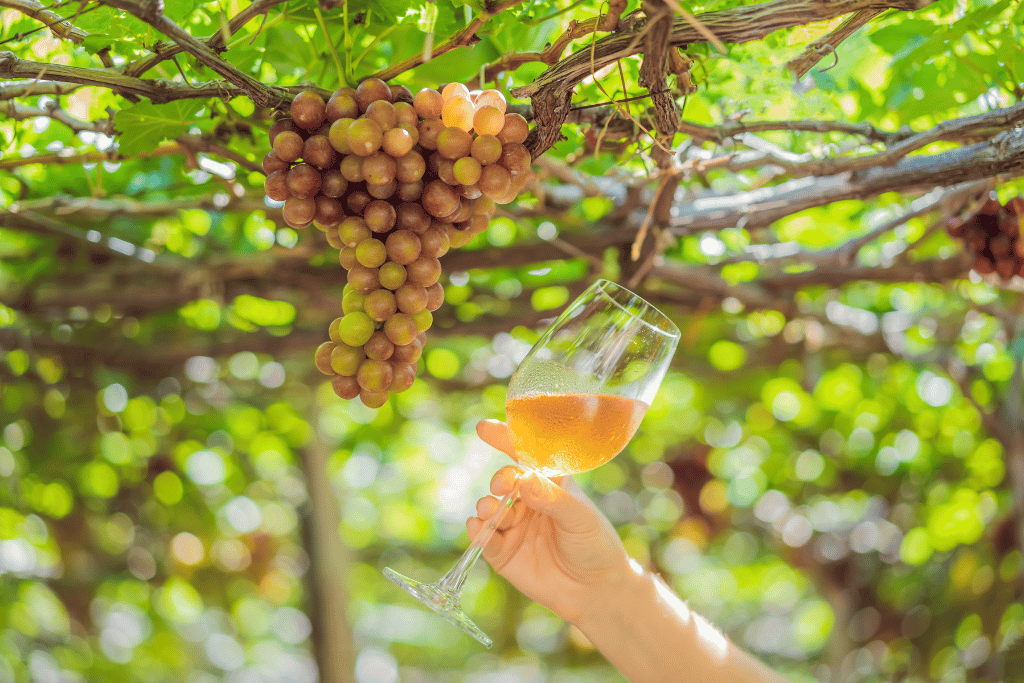
Grapes are like the treasured jewels of our gardens and vineyards. They’re loved for being so versatile and sweet. You can enjoy them fresh on your table, turn them into delicious homemade jams, or even make your own wine. But here’s the exciting part: grapes have secret friends in the plant world that help them grow even better. It’s like they have their own special club for success!
The Art of Pest Repellent Partnerships
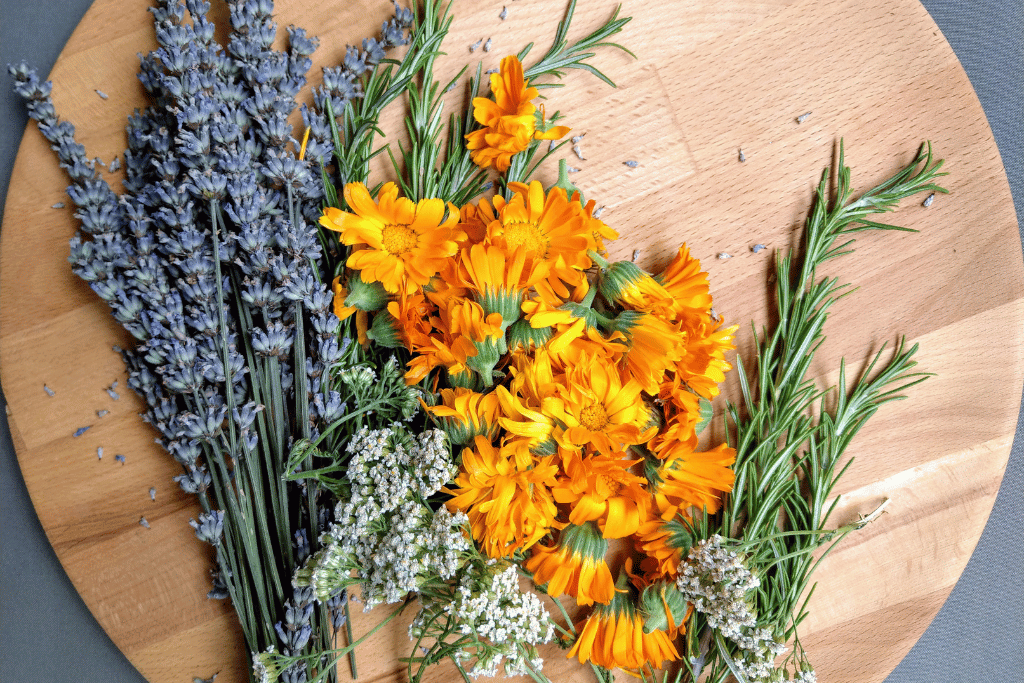
In my vineyard, just like with grapes, I’ve encountered a few challenges, especially when it comes to unwanted garden guests. Pests often attempt to nibble at the tender grape leaves and fruits. However, I’ve found that nature provides a solution through companion plants that act as protectors. Here are some of these remarkable pest-repellent partners, akin to the guardian angels of my grapevines:
Lavender: This fragrant beauty, with its aromatic blooms, acts as a guardian against pests like deer and rabbits, keeping them at bay and preserving the lush foliage and fruit of my grapevines.
Marigolds: Much like in the companion planting guide, marigolds step up in the vineyard too. Their presence helps deter nematodes, which can harm my grapevines’ roots. I plant them strategically to create a protective shield for my grapes.
Rosemary: This fragrant herb isn’t just for the kitchen; it’s a grape guardian as well. Rosemary keeps grapevine pests like aphids and leafhoppers in check while adding an aromatic twist to my vineyard.
Nasturtium: Nasturtium can act as a clever diversion for aphids, steering them away from my grapevines. This resilient and eye-catching plant brings an artistic touch to my vineyard’s defenses.
Grape Companion Plants: Cultivating Harmony in the Vineyard
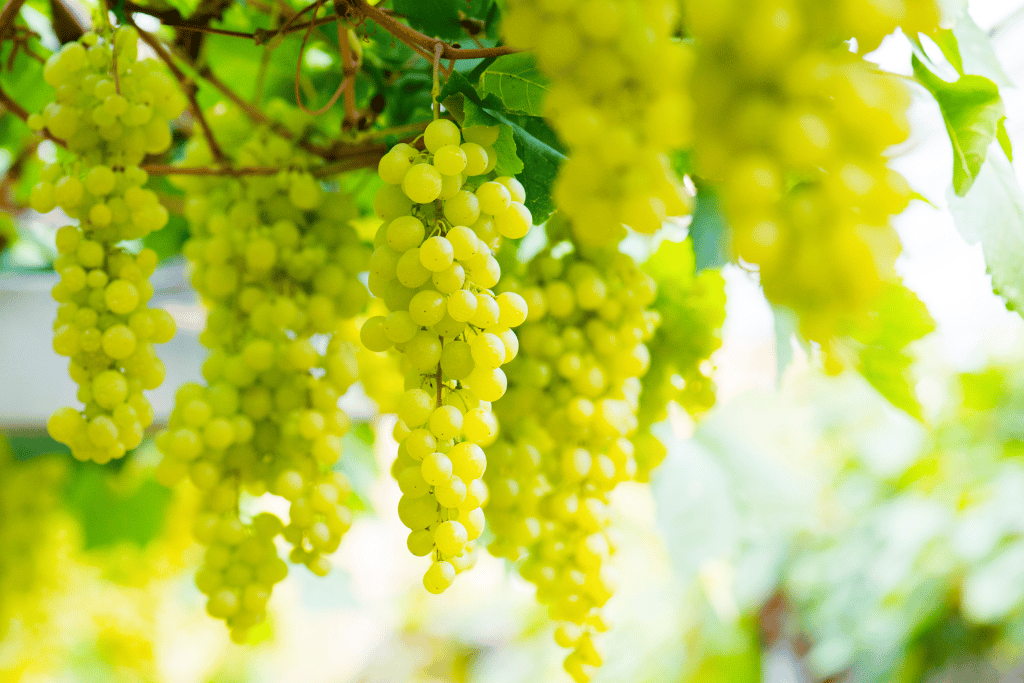
In the heart of the vineyard, where grapes thrive as the crown jewels of the garden, I’ve discovered the secret to their success lies in the company they keep. These companion plants contribute not only to pest control but also to the overall health and flavor of my grapevines. Now, let’s explore some virtuoso plants I’ve chosen to invite into the vineyard:
Clover
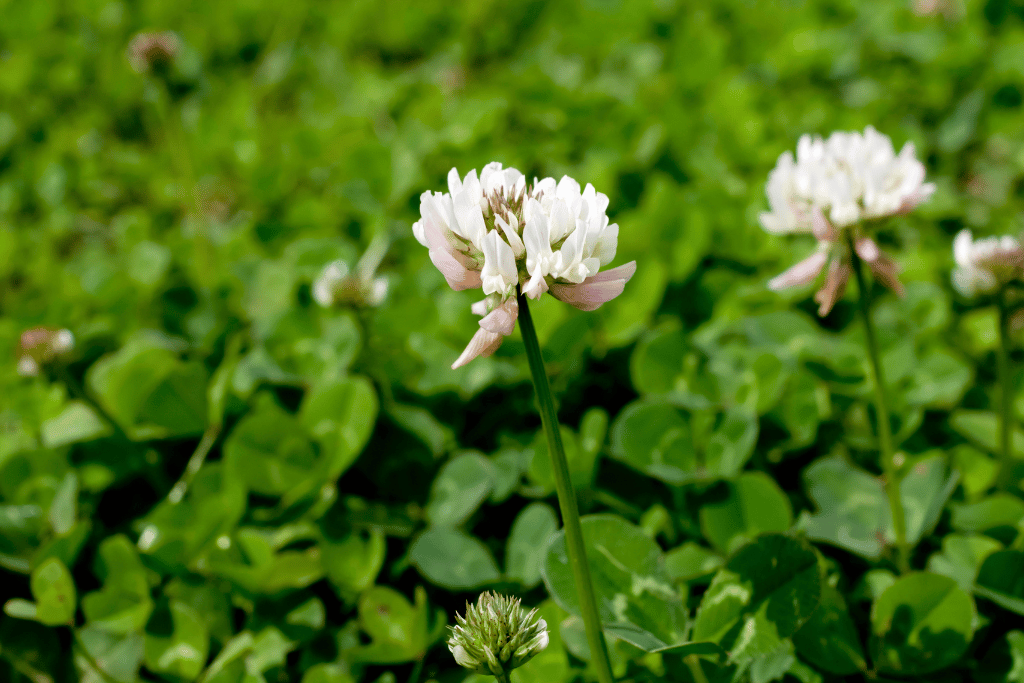
Planting clover between your grapevine rows is not just a practical choice but a boon for your garden. It functions as a living mulch, embracing the earth beneath your vines, conserving precious soil moisture, and enriching the soil by fixing nitrogen. A verdant carpet of clover not only provides an attractive ground cover but also offers a haven for beneficial insects that further safeguard your grapevines.
Comfrey
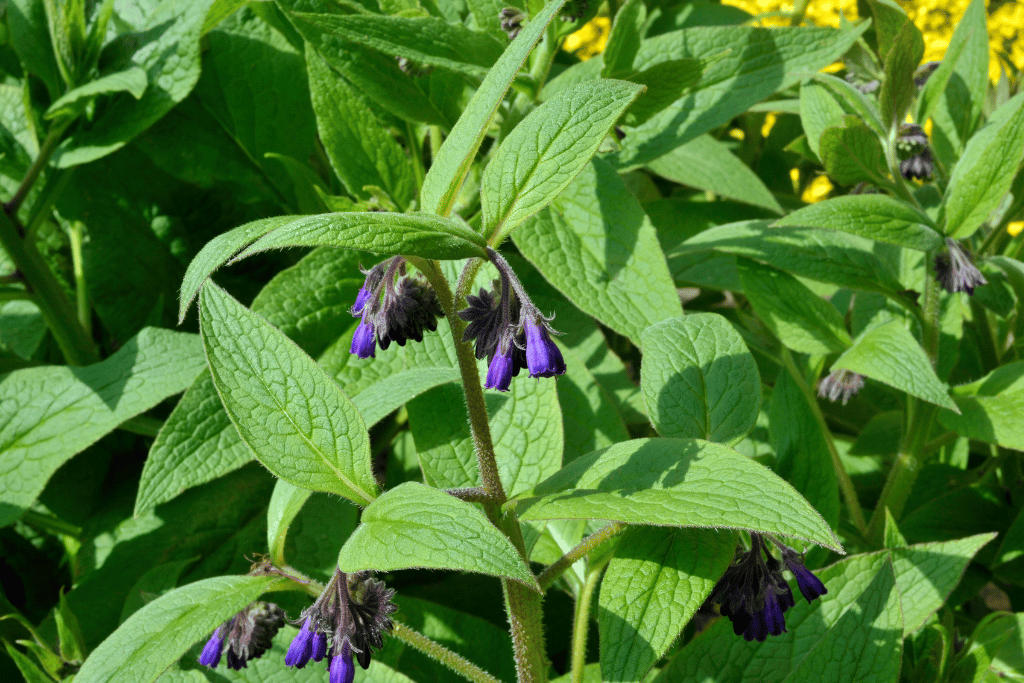
This plant is like nature’s treasure chest, brimming with nutrients and benefits for your grapes. Its leaves can be used as natural mulch to enhance the soil around your grapevines, ensuring they receive the nourishment they truly deserve. Comfrey acts as a dynamic accumulator, drawing up essential minerals from deep within the soil, making them available to your grapes. A garden graced with comfrey becomes a haven of fertility, promoting healthier and more vibrant grapevines.
Mint
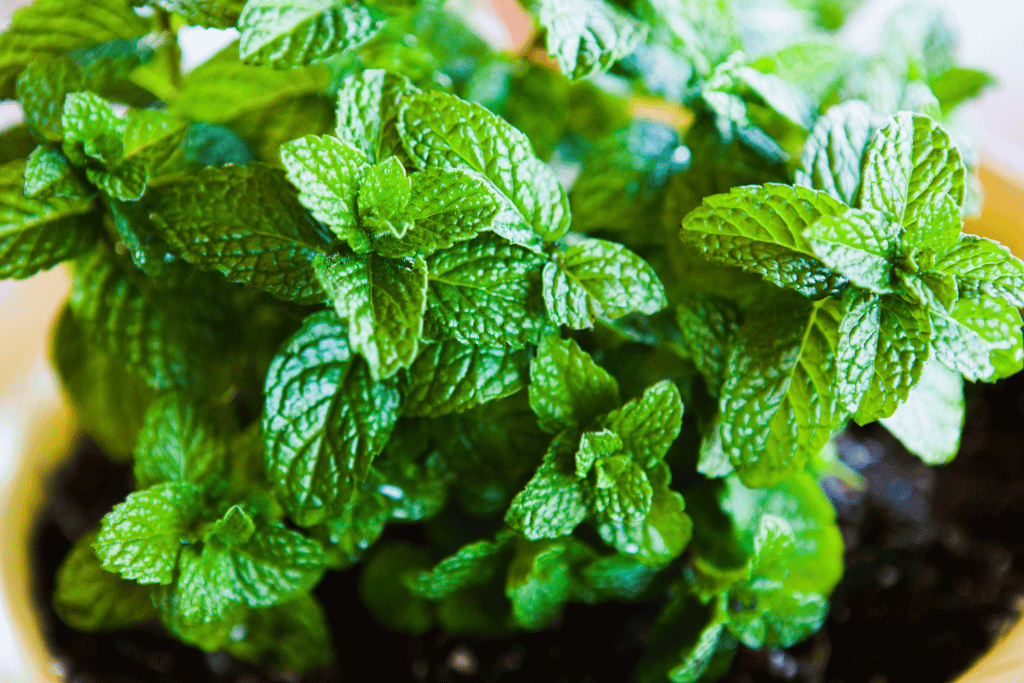
Mint, renowned for its resilience and vigorous growth, proves to be a refreshing addition to your vineyard. Its sprawling nature creates a cool and moist environment at the base of your grapevines, helping to maintain soil moisture and keep the root zone cool during hot spells. As a bonus, mint acts as a natural pest deterrent, repelling some of the unwelcome insects that might otherwise trouble your grapes. Furthermore, the fresh mint leaves it provides can add a delightful flavor to your culinary adventures.
Chamomile
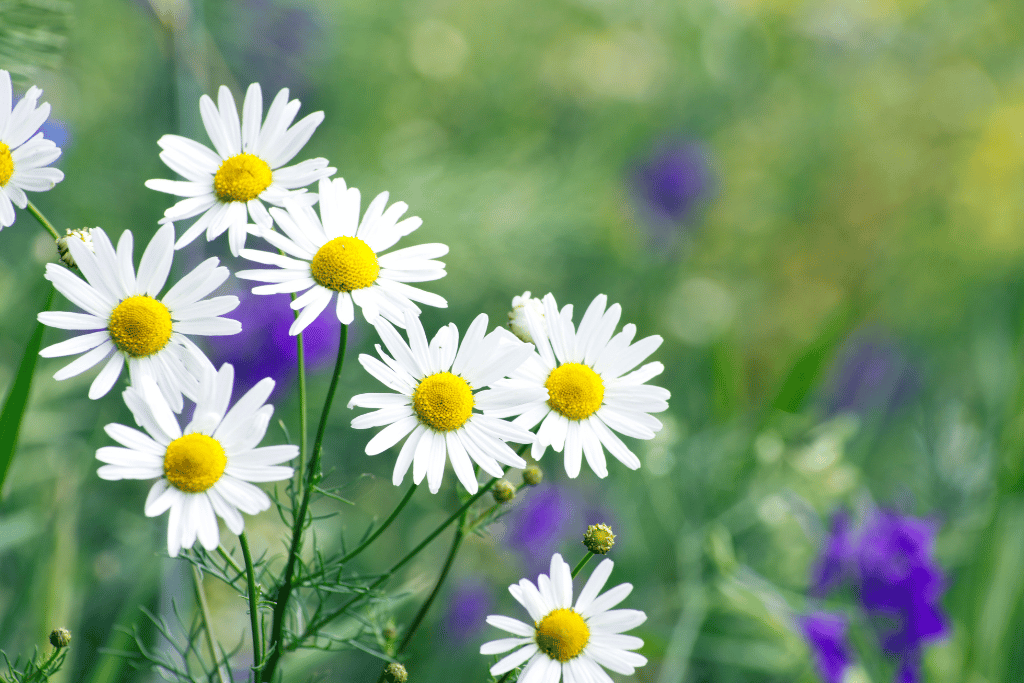
The delicate blossoms of chamomile, with their daisy-like charm, serve a dual purpose in your grapevine haven. Not only do they please the eye with their beauty, but they also draw in an array of beneficial insects, creating a harmonious ecosystem in your vineyard. These diligent pollinators and insect allies ensure that your grapevines bear fruit more abundantly and thrive with vitality. Chamomile contributes to the overall health and productivity of your grapes, making it an excellent companion plant to consider.
Lemon Balm
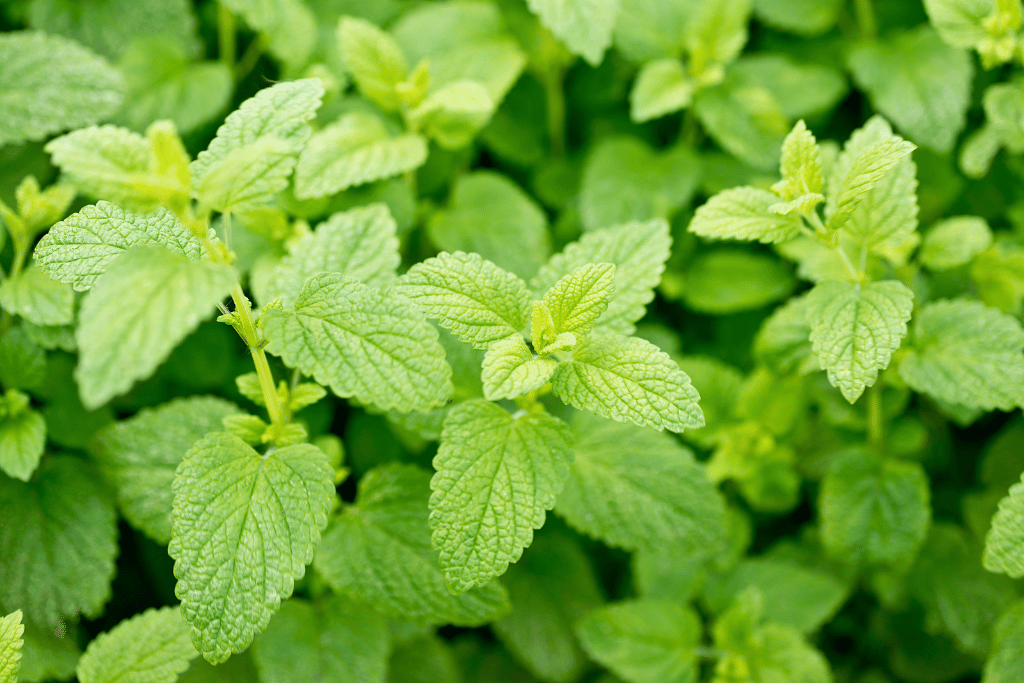
Embrace the cheerful presence of lemon balm in your vineyard. This aromatic herb, with its delightful lemony scent, not only adds a fragrant dimension to your garden but also has practical benefits. It repels a variety of pests, including aphids, making it a valuable shield for your grapevines. Lemon balm’s prolific growth can create a lush underbrush, aiding in weed suppression and moisture retention. Plus, the leaves of lemon balm can be harvested for delightful teas and culinary uses, making it a multi-purpose addition to your vineyard.
Thyme
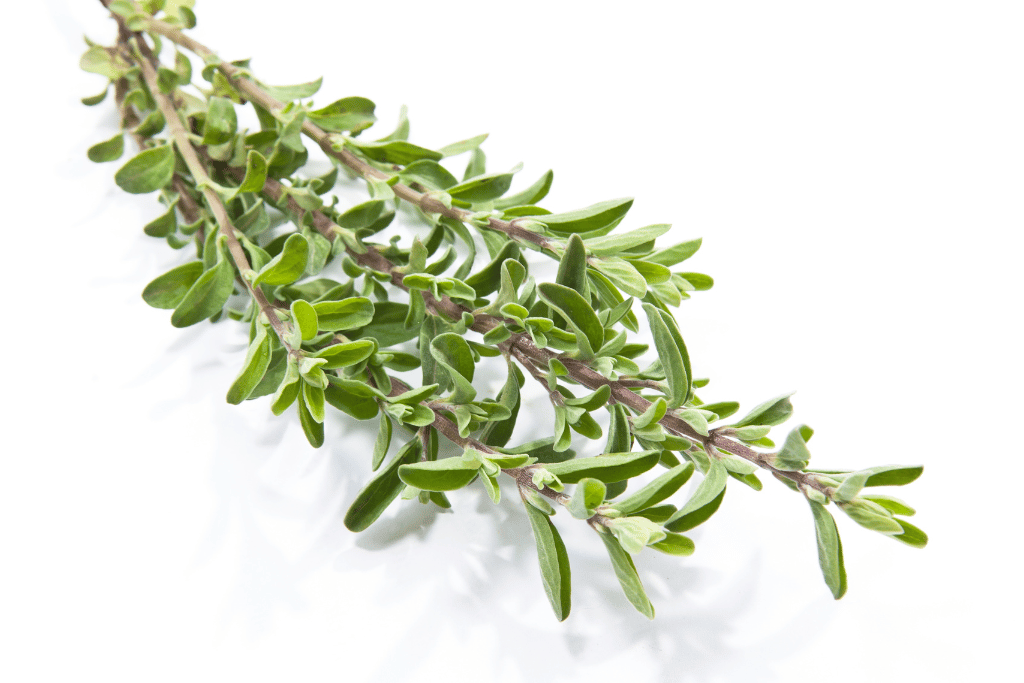
The aromatic and low-growing thyme can be an excellent partner for your grapevines. Its fragrant presence not only adds a pleasant ambiance to your garden but also helps deter common grapevine pests like spider mites and aphids. Plant thyme in close proximity to your grapevines to create a barrier that keeps these nuisances at bay. Thyme’s sprawling growth habit can also function as ground cover, reducing weed competition and conserving soil moisture.
Dill
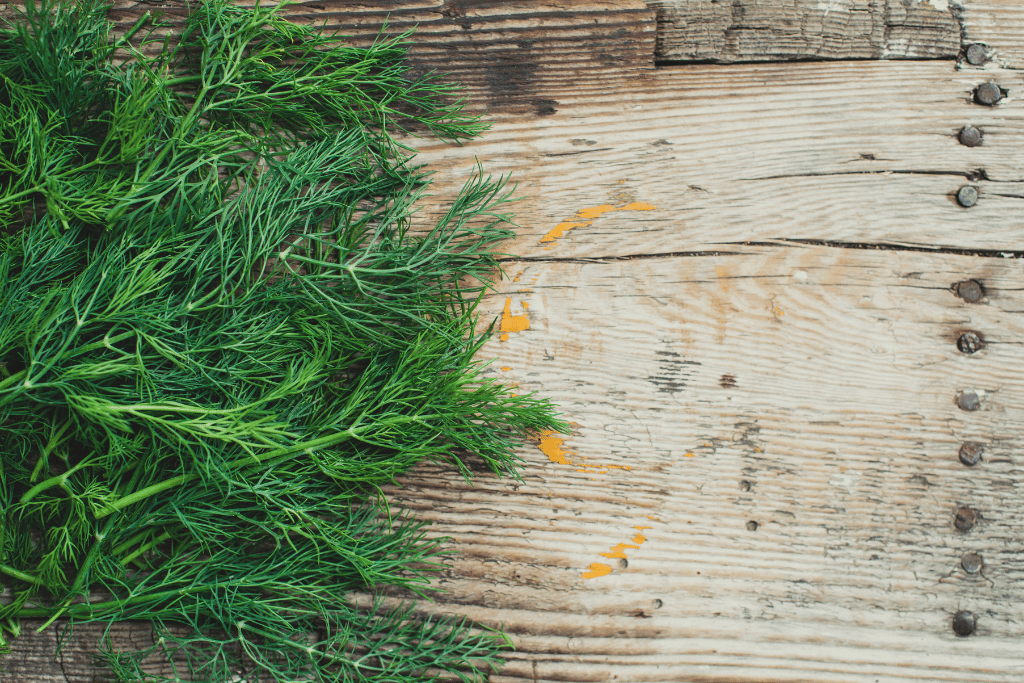
Dill is a versatile and beneficial companion for your grapes. This feathery herb is known to attract beneficial insects like ladybugs and parasitic wasps, which are natural predators of grape pests such as aphids and leafhoppers. Planting dill near your grapevines can create a haven for these helpful insects, promoting a healthier and more balanced vineyard ecosystem. Additionally, dill can be a delightful addition to your culinary repertoire.
Sage
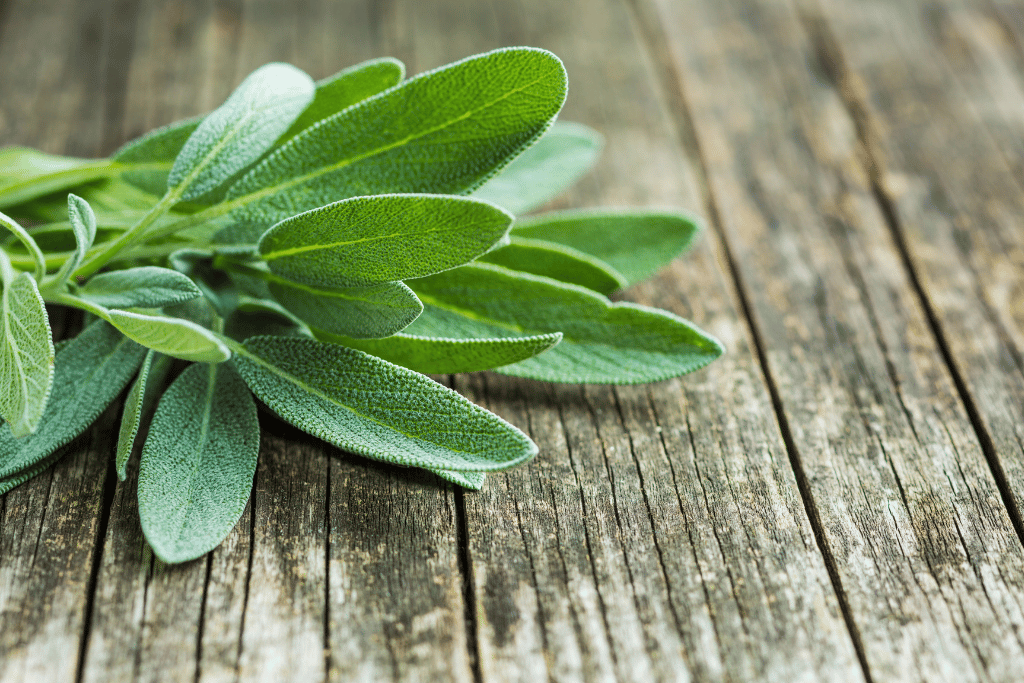
The fragrant and resilient sage plant is a guardian in the garden, and it extends its protective qualities to your grapevines as well. Sage’s aromatic leaves can deter common grape pests, including moths and beetles, by making the environment less favorable for them. By strategically planting sage near your grapevines, you not only protect your grapes but also enjoy the culinary benefits of fresh sage leaves.
Borage
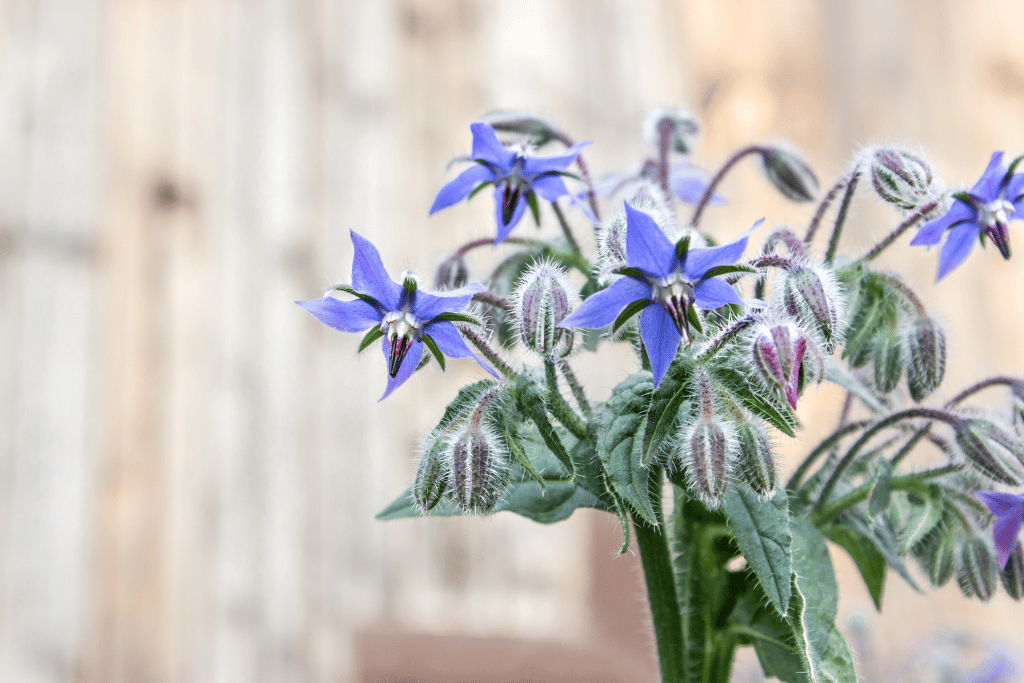
Borage is a standout companion plant that can benefit your grapevines in numerous ways. Its vibrant blue flowers are not only visually appealing but also attract a wealth of pollinators, ensuring better fruit set in your grapevines. Borage’s deep roots help improve soil structure, enhancing the overall health of your garden. Furthermore, its cucumber-flavored leaves are edible and can be used in salads and drinks, making it a versatile addition to your garden.
Calendula
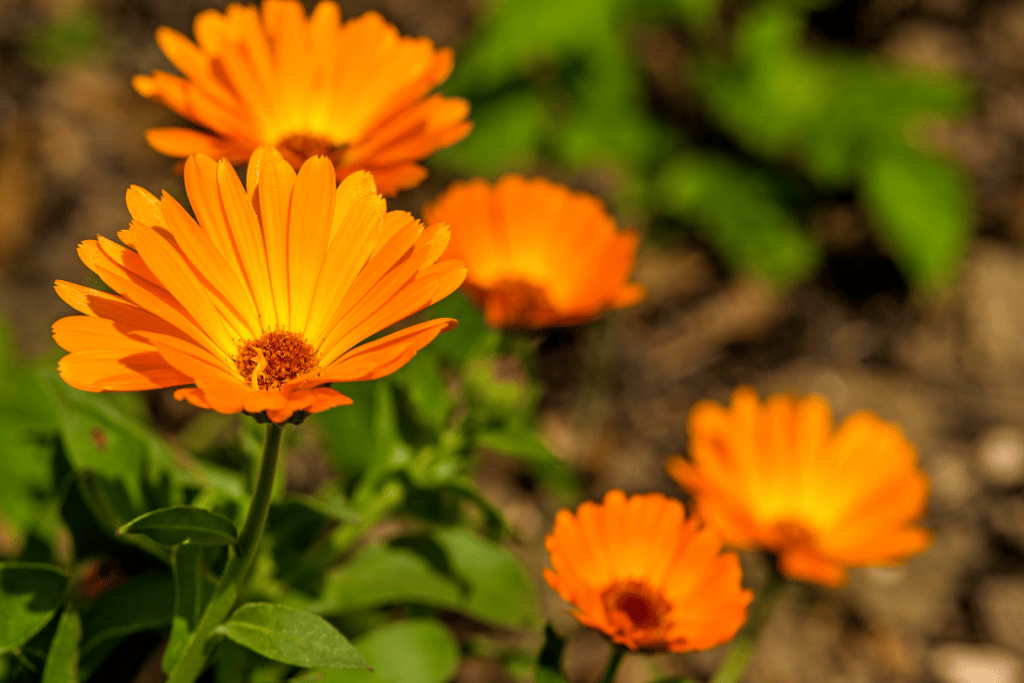
Calendula, with its sunny blooms, adds a touch of cheer to your vineyard while offering practical benefits. Its bright blossoms attract pollinators and beneficial insects that contribute to the pollination and protection of your grapevines. Calendula’s petals are edible and can be used in various culinary applications, from salads to herbal teas.
Lemon Verbena
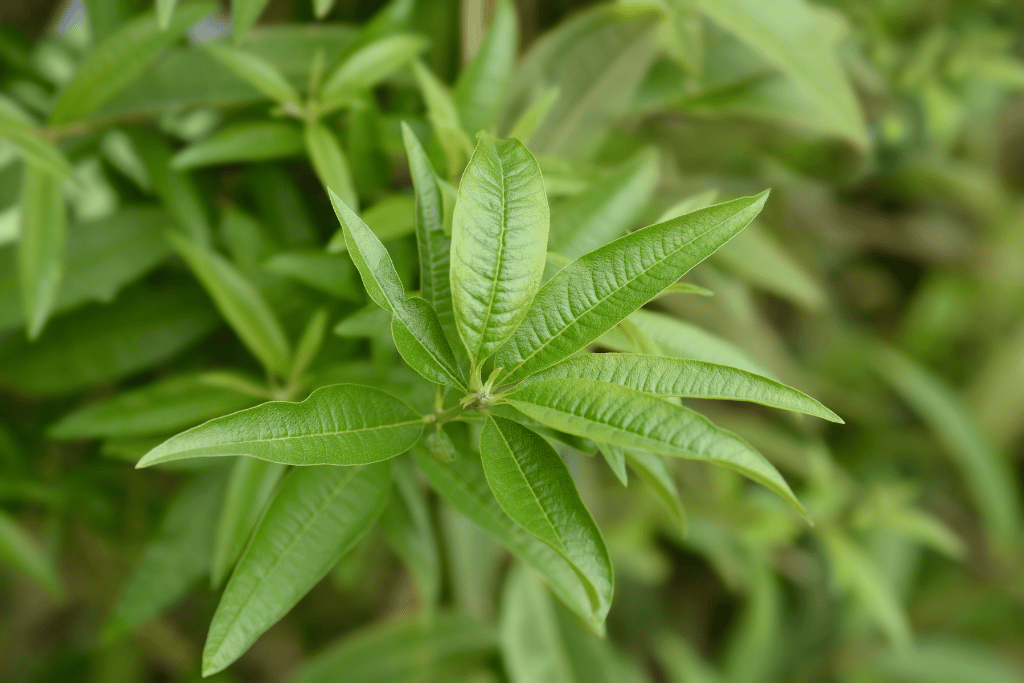
This fragrant herb, with its lemon-scented leaves, can create a delightful atmosphere in your grapevine garden. Lemon verbena’s aromatic properties can help deter pests like ants and mosquitoes, safeguarding your grapes. Additionally, its leaves are prized for their intense lemon flavor, adding a zesty twist to your culinary creations.
By expanding your selection of companion plants in your grapevine garden, you can foster a thriving and diverse ecosystem that not only protects your grapes from pests but also enhances their growth, flavor, and overall well-being. These botanical allies contribute to a more balanced and bountiful vineyard, where nature’s harmonious relationships are the secret to success.
Incompatible Companions for Grapes
When it comes to cultivating a flourishing vineyard, understanding which plant companions may hinder your grapevines’ growth is crucial. Just as a conductor ensures a symphony is harmonious, you need to orchestrate your garden to avoid discordant notes. These are the plants that may not be in tune with your grapevines:
Potatoes
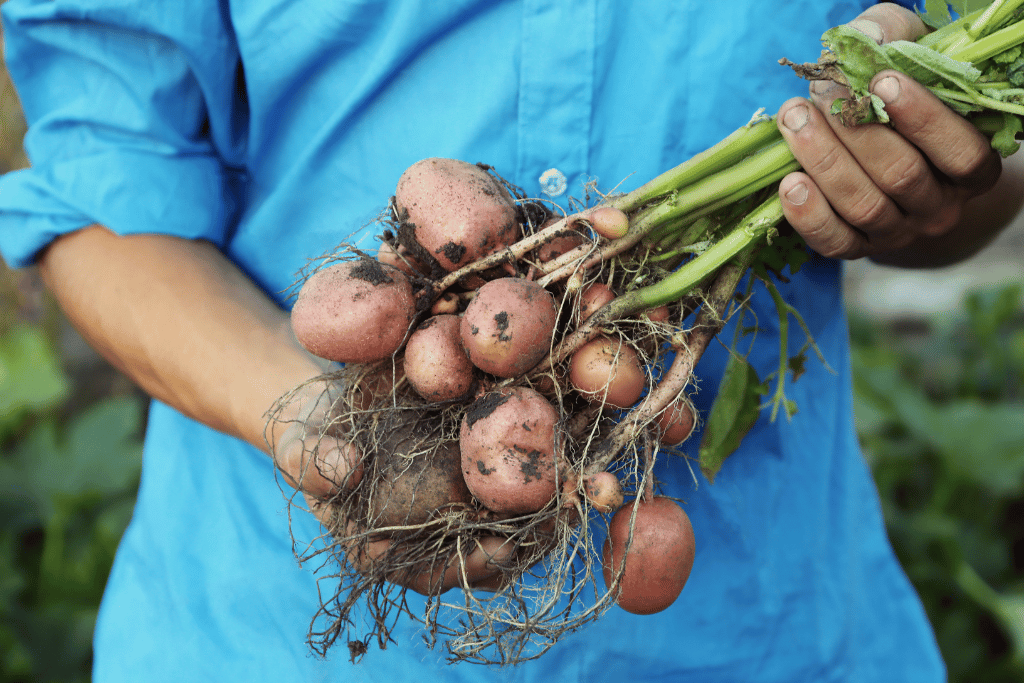
Imagine an enthusiastic grapevine trying to share its space with a potato plant. The grapevine loves its soil on the drier side, while the potato prefers moist and well-draining soil. It’s like mixing oil and water – they simply don’t blend well. Moreover, the vigorous growth of potato foliage could overshadow your grapevines, causing them to miss out on the sunlight they need.
Cucumbers

While cucumbers are a refreshing addition to your salad, they aren’t the best partners for grapes. Cucumbers, with their high water content, can alter the taste of your grapes, potentially making them less palatable. Additionally, both grapes and cucumbers are thirsty for resources, and competition could leave them both wanting.
Squash

Picture a vigorous squash plant sprawling through your vineyard, creating a labyrinth of leaves and vines. This exuberant growth can overshadow your delicate grapevines, robbing them of the sunlight they need. Moreover, the water requirements of squash and grapes don’t quite match, which can lead to an awkward tango for resources.
Melons
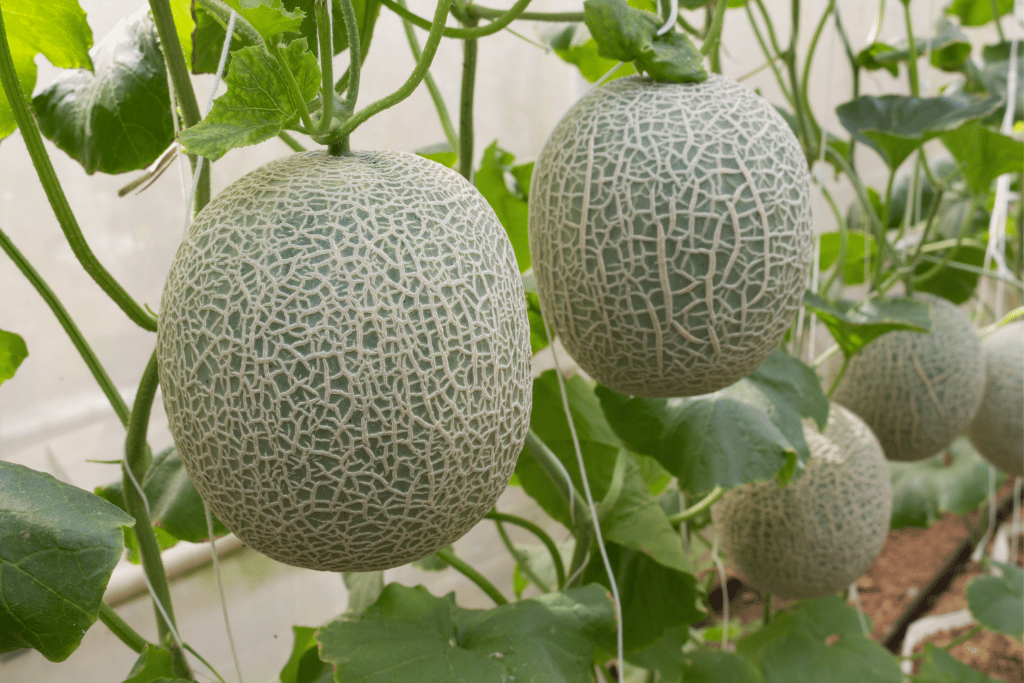
If you’ve ever seen melon vines in action, you know they like to stretch out and conquer. Their expansive growth can overwhelm the more refined grapevines. Think of it as inviting a marathon runner to a leisurely stroll – the pace and style just don’t align.
By sidestepping these unsuitable partnerships, you’ll allow your grapevines to thrive without any disharmony in the garden. In the world of gardening, it’s all about understanding the dynamics between your plants and orchestrating the perfect ensemble, ensuring that each element has its own moment to shine in the garden’s symphony of life.


